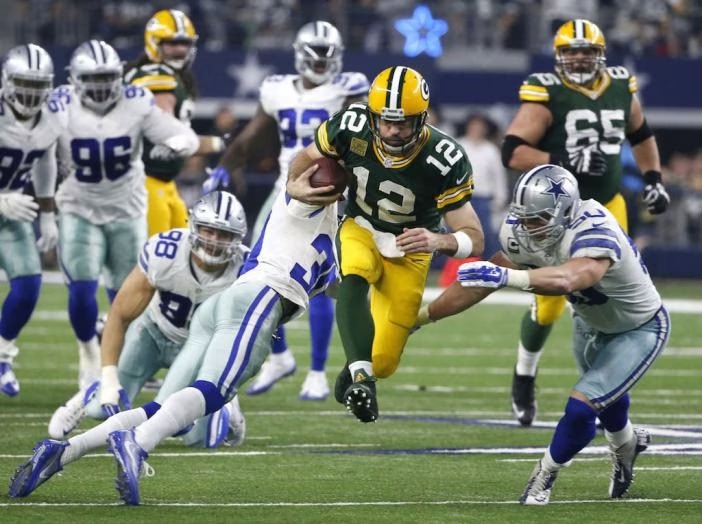One of the most popular ways to bet on a number of different sporting events is through the use of a total line which sets the betting odds for the OVER/UNDER on the total combined score. With this type of sports bet it does not matter which side actually wins the game, rather it only focuses on the actual final combined score.
When it comes to the betting lines for the total combined score in sports such as football and basketball, there can be a wide variance in the numbers. The total line in a typical college football game could be all over the board starting in the mid-to-high 30’s all the way up to the high 70’s. The total lines in the NFL are much tighter in range starting from the 30’s up to the high 50’s. When it comes to college basketball and the NBA, these same type of huge variances exist but with much higher numbers since basketball by nature is a much higher scoring sport than football.
Also Read: How to Read and Understand a Sports Betting Pointspread
The betting lines for the total combined score in sports such as baseball and hockey are much more limited in their possible range. The total line for a typical MLB game can start as low as six or 6.5 all the way up to 11 or 12 based on the matchup on the mound between each team’s starting pitcher. A team’s ability to score runs also comes into play, but the total line in baseball is heavily influenced by pitching as opposed to hitting.
When it comes to betting on the total line for an NHL game, the overall range in numbers is extremely tight. Most games will have a total line of 5 or 5.5 with some rare half-point exceptions at 4.5 or 6. In hockey, each team’s goalie has a big impact on the set total line along with each team’s ability to score goals. If the top two goalies in the league are facing off against one another, you can rest assured that the total line for that game will be set at 5. If the two highest scoring teams in the league are playing one another, the total will be set at 5.5.
While understanding the concept behind an OVER/UNDER bet on the total combined score is important, so is the ability to properly read a total line on any sportsbook’s betting board. The following is an example of how the betting odds for a total is normally posted for a NFL game.
Green Bay Packers Over 52 (-110)
Dallas Cowboys Under 52 (-110)
In this case, the total line for this game is 52 points with an identical -110 commission for a bet on either the OVER or the UNDER. If you bet $100 and win, you would receive $100. If you bet $100 and lose, you would owe $110. The standard commission charged is 10 percent, but it is very important to always pay close attention to these side numbers since most books will tweak the commission (or juice) charged on a total line bet to try and move money one way or the other as opposed to changing the actual betting line. This is especially true in both baseball and hockey.
A typical total line for a MLB game might look like:
Boston Red Sox Over 8 (-105)
New York Yankees Under 8 (-115)
In this betting scenario, the total has been set at eight combined runs. The variance in the commission suggests that the betting public is leaning towards the UNDER bet in this game since you would have to pay $115 on a losing $100 bet in that direction. The traditional 10 percent commission charged on an OVER bet has been reduced to five percent or $105 owed on a losing $100 bet.












